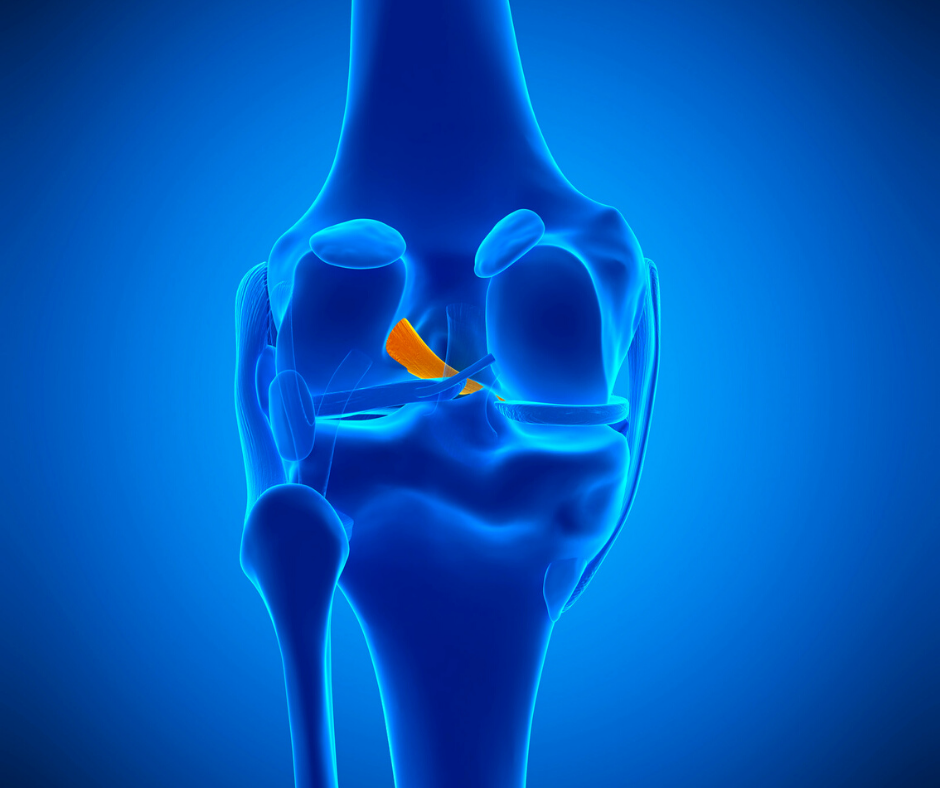
Out of their sixteen subjects, six of them had normal knees after six months, nine knees were normal after one year (or six injections), and ten knees measured normal after three years. According to the authors, “prolotherapy is defined as an injection that causes a growth of normal cells or tissue” (Reeves, Hassanein). A study conducted by Reeves and Hassanein at the Department of Biometry at the University of Kansas Medical Center in Kansas City, USA, has tackled the effects of dextrose prolotherapy when it comes to ACL laxity. The study shows that a staggering 60 percent of those who did not get the surgery ended up not needing it after all! This goes to show that there is a myriad of treatments alternative to surgery that works just as fine, and lead to a complete healing. There is a new research study that examined athletes with ACL tears who were randomly assigned to either a strict physical therapy program or a surgery to replace the torn ligament.

Also, focused therapy performed by a physical therapist can also be an effective way to let the ACL heal. The main goal is to strengthen the muscles around the knee, especially hamstrings, to give more support to the ACL and let it heal naturally. Partial ACL tears can be dealt with non-operatively with rehabilitation and strengthening, and, if needed injections. The partial ACL tear can be treated without surgery however, this does not mean that the healing process will be shorter or easier. READ ALSO What Causes Pain Behind The Knee on Back of Leg? Non-operative Treatment Every time your knee gives away, you are risking further injury and tearing other knee structures, for example, lateral or medial meniscus, which, if torn, can lead to osteoarthritis. However, some people will never experience this but should be careful either way. Good news is that many patients who suffer from partial ACL tears can safely go back to their normal daily activities without complaints or instability, but the bad news is that in most cases it will take months to completely recover from the injury.Īdditionally, a great number of patients will not be able to go back to sports, since they will feel unstable when they put additional pressure on their knees. This basically means that only one of the two bundles were torn, and the other one is left intact.


Since anterior cruciate ligament is comprised of two parts, or bundles (the anteromedial and the posterolateral, named according to where they are located), it is possible to injure just one of them, as opposed to the complete ACL tear.Ī partial ACL tear is an injury that only involves one part of the anterior cruciate ligament. Most of the tears happen when you land or plant in pivoting or cutting sports, and you can even injure yourself without contact. Nowadays, ACL injuries are quite common, with over 100,000 registered case in the US each year.


 0 kommentar(er)
0 kommentar(er)
